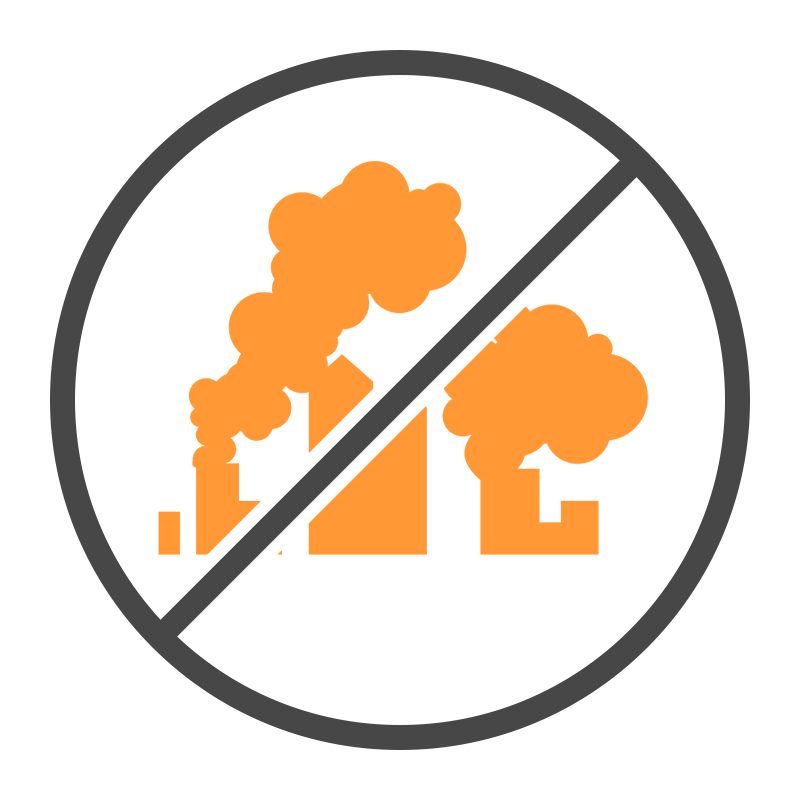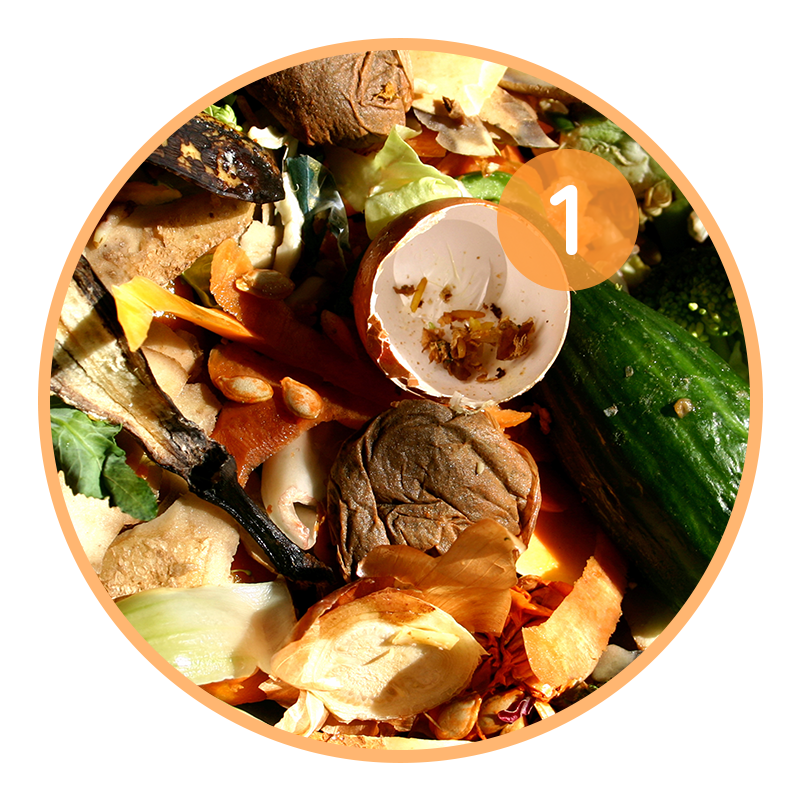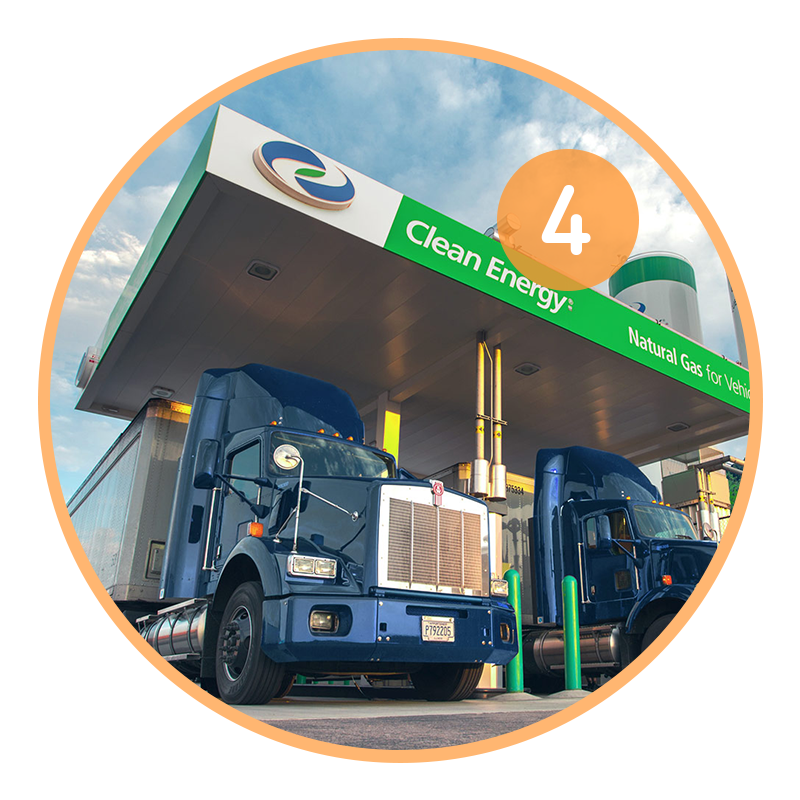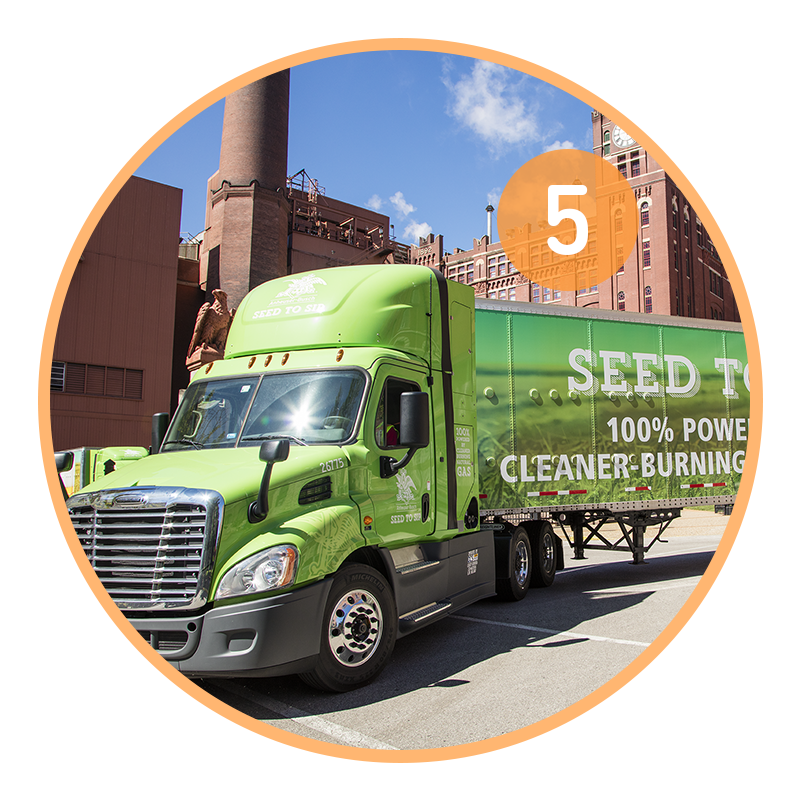
The market for biogas is expected to reach
$35 billion
in the next 5 years.
$35 billion
in the next 5 years.
RNG is a carbon-negative gas that replaces conventional, carbon-emitting natural gas. RNG is created by capturing methane from organic matter that is currently being released or flared into the atmosphere. The biogas is processed and upgraded to RNG and injected into local gas pipelines to replace conventional natural gas. By replacing conventional natural gas with RNG, end users get to benefit from clean energy while reducing carbon emissions in the atmosphere.
Since biogas flaring is a significant source of GHG emissions in North America, for which methane is the principal component, there is a substantial opportunity to produce renewable natural gas in this market. The North American biogas market is vastly under-utilized, with only 2,000 sites producing biogas, compared to over 10,000 sites in Europe. Livestock, landfills, and wastewater treatment plants account for 31%, 17.7%, and 4% of methane emissions, respectively, in the United States alone. Dairy farm manure represents a significant portion of the emissions from livestock.
Since biogas flaring is a significant source of GHG emissions in North America, for which methane is the principal component, there is a substantial opportunity to produce renewable natural gas in this market. The North American biogas market is vastly under-utilized, with only 2,000 sites producing biogas, compared to over 10,000 sites in Europe. Livestock, landfills, and wastewater treatment plants account for 31%, 17.7%, and 4% of methane emissions, respectively, in the United States alone. Dairy farm manure represents a significant portion of the emissions from livestock.



Each of these sites represents an opportunity to partner with a company to reduce their environmental impact with an economically viable solution. RNG has the potential to displace traditional fuel sources that are dependent upon risky foreign factors. For example, hundreds of fleets in North America use natural gas, each of which can utilize RNG.
 Waste
Waste
All organic waste contains energy.
 Biogas
BiogasAnaerobic digestion of waste at landfills or in digester plants produces energy-rich biogas.
 RNG Fuel
RNG FuelBiogas upgrading removes carbon dioxide & impurities to make renewable natural gas (RNG).
 Fuel Stations
Fuel StationsRNG goes to on-site fueling stations, or by truck or pipeline to offsite pumps.
 Vehicles
VehiclesRNG works just like regular natural gas to power vehicles.

